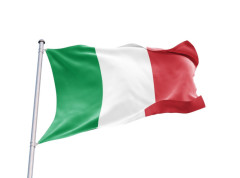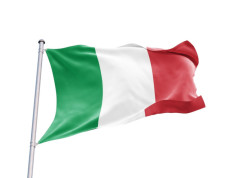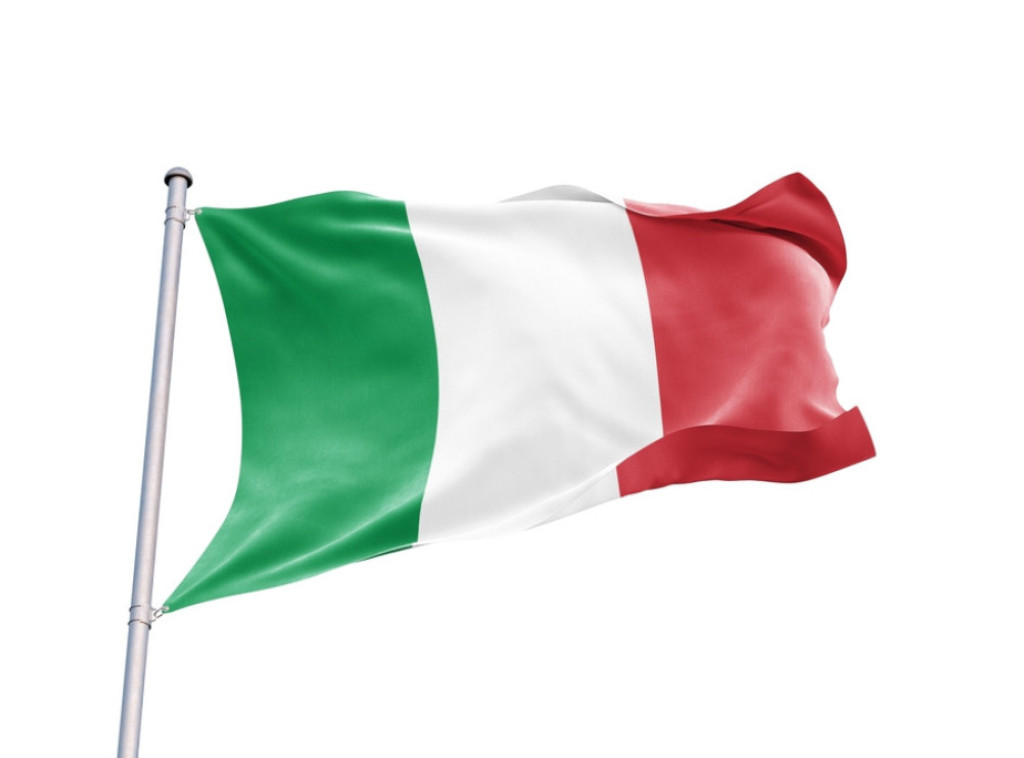Italy and South Tyrol: The Stamp Language Drama!
Imagine this – Italy, famous for pizza, fashion, and Roman ruins, is now in chaos over… postage stamps! Yes, you read that right. The Italian government has withdrawn two newly issued stamps depicting the beautiful landscapes of South Tyrol because they lacked the German language.
For those who don’t know, South Tyrol is an autonomous province in northern Italy, also known as Südtirol in German and Alto Adige in Italian. This region is bilingual, with a significant German-speaking population, which is constitutionally protected. The Italian constitution clearly states that minority rights must be respected, and the omission of German on the stamps was called a true “anomaly.”
An investigation was immediately ordered, and a new bilingual version of the stamps is being made. The official website showing the controversial stamps was also taken down.
Why does this matter? South Tyrol was once part of the Austro-Hungarian Empire and was annexed by Italy after World War I. During Mussolini’s regime, forced Italianization was implemented, sparking resistance and separatist sentiments that still exist today. The German language and culture remain very present in the region.
The withdrawn stamps showed the Dolomite mountains, part of a series dedicated to Italy’s natural beauty. Interestingly, design errors on stamps often become rare and valuable collectibles, so who knows – these withdrawn stamps might soon be a prized treasure!
This situation highlights a bigger issue: how are minority rights respected in multilingual and multicultural regions? Is this just a harmless mistake or a symptom of deeper tensions? Italy has shown it cannot ignore linguistic minorities, but will that be enough to calm the passions in South Tyrol?
Got thoughts on this stamp-language mess? Drop a comment below! Are stamps just stamps, or are they symbols of something much bigger?





































































